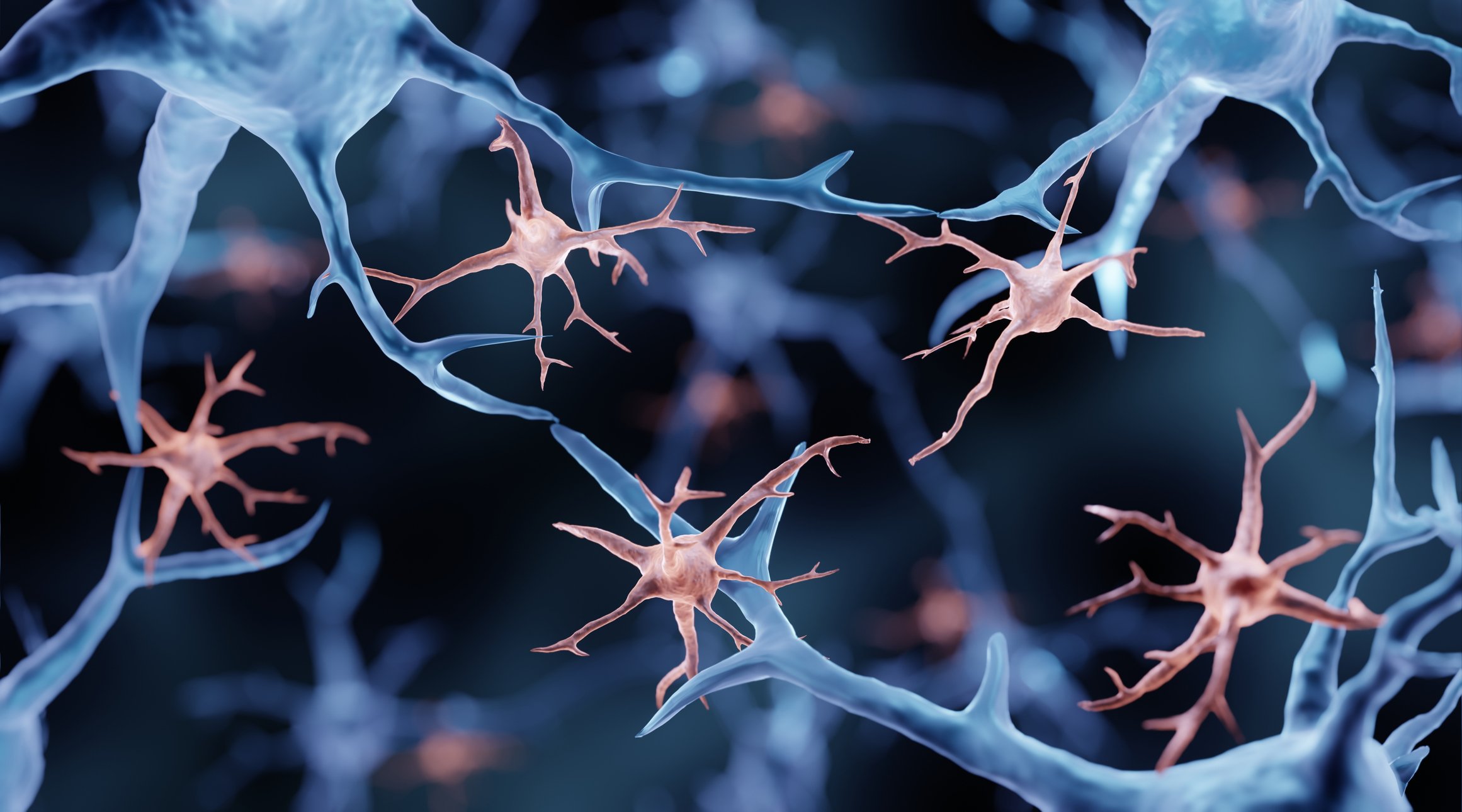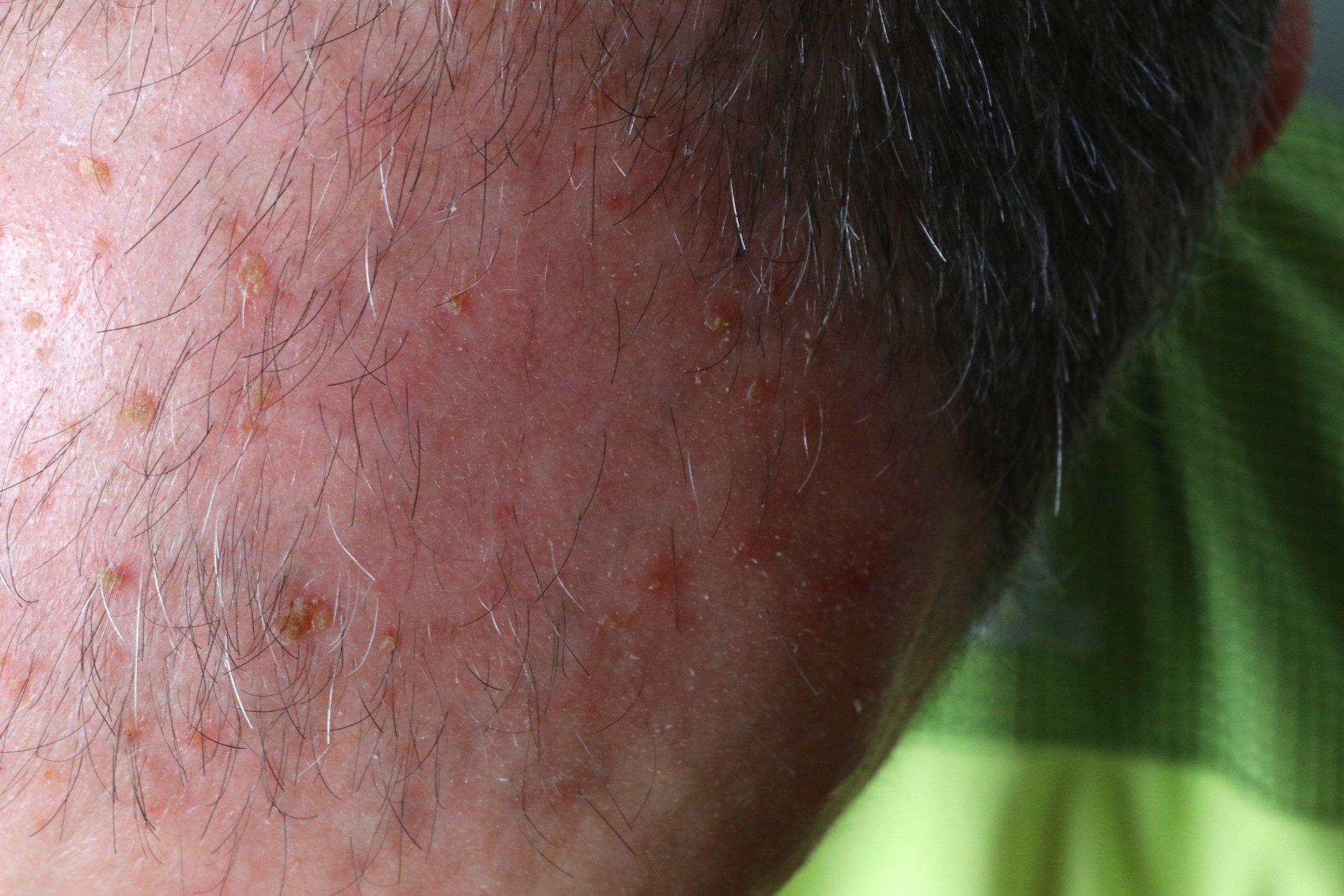Researchers from Helmholtz Munich and DIfE have taken a closer look at the cellular basis and signaling pathways that are crucial for the positive impact of physical activity on our health. Their finding: regulatory T cells, a special type of immune cell, are crucial for smooth muscle function. This knowledge will help to develop precision therapies to combat metabolic disorders such as obesity and diabetes as well as muscle diseases in the future.
Obesity and type 2 diabetes are on the rise worldwide. Excessive food intake and too little exercise contribute to the development of these diseases. Exercise is a key factor for health: not only can it reduce the risk of obesity and diabetes, but it can also strengthen the immune system, for example. Researchers at the German Center for Diabetes Research (DZD) at Helmholtz Munich and the German Institute of Human Nutrition Potsdam-Rehbrücke (DIfE) have now revealed new links between exercise, muscle function and the immune system. These new findings can not only benefit people with obesity or type 2 diabetes and patients with muscle diseases, but are also crucial for professional athletes. Better understanding of the interactions between the immune system and muscle is accelerating the development of precision immunotherapies for diabetes and other diseases.
Regulatory T cells safeguard muscle function
The positive effects of exercise on metabolism and the immune system are well known. However, the exact mechanisms of how physical activity affects immune cells in muscle were not fully understood until now. The research team has now unraveled the molecular mechanisms by which a special type of immune cell in the human body, regulatory T cells (Tregs), control communication between muscles at rest, during exercise, and during muscle injury. With more exercise, Tregs are found more in muscles, ensuring that they can maintain their function and regenerate after activity.
In the new study, Tregs were manipulated in multiple ways in the laboratory to understand their function in regulating muscle function, strength and in regeneration. As a result, a signaling pathway involved in the immune response and several other physiological processes, the interleukin-6 (IL6) signaling pathway via the IL6 receptor (IL6R) in T cells, was identified as critical for the functionality of Tregs. Only when IL6R is present on the surface of T cells can Tregs control muscle function.
The new findings may also explain why clinical treatments for inflammation that target IL6R often result in muscle weakness as a side effect. In summary, the results underscore the critical contribution that a better understanding of the interactions between the immune system and metabolism in diseases such as diabetes and obesity can make to the development of precision medicines that target Tregs in different environments and contexts.
Original publication:
Maike Becker et al. (2023): Regulatory T cells require IL6 receptor alpha signaling to control skeletal muscle function and regeneration. Cell Metabolism. https://doi.org/10.1016/j.cmet.2023.08.010












